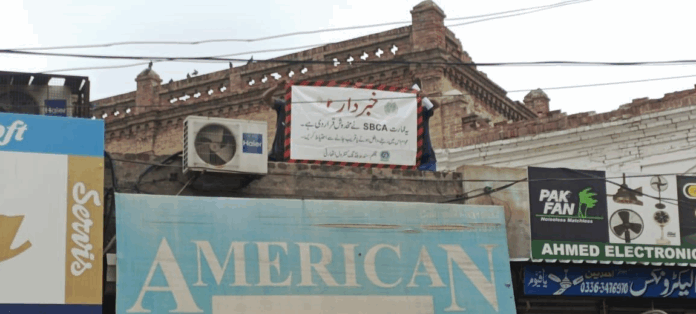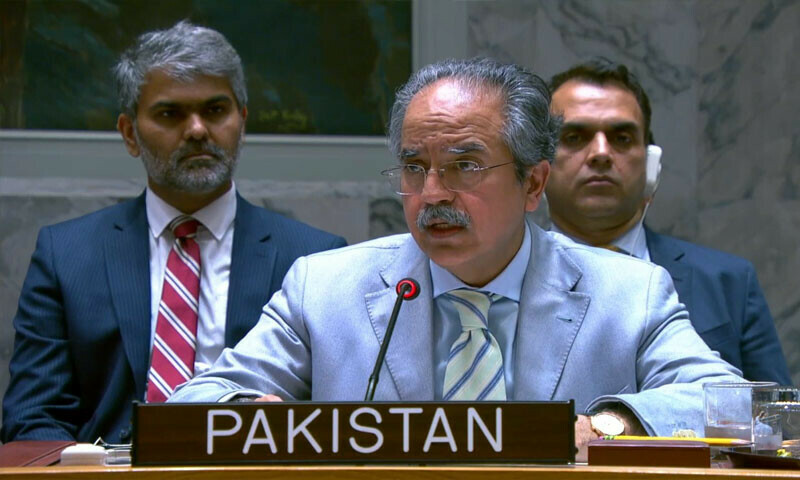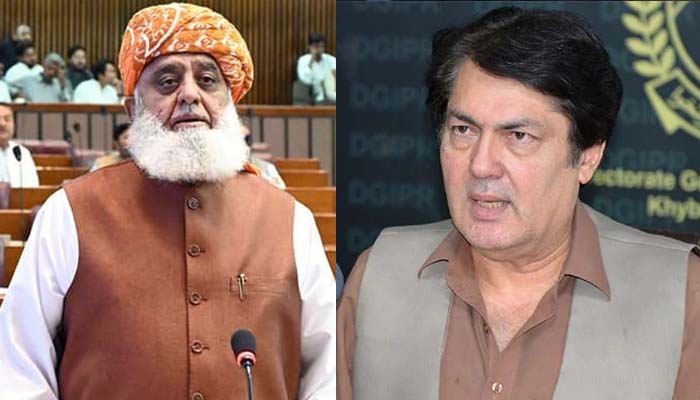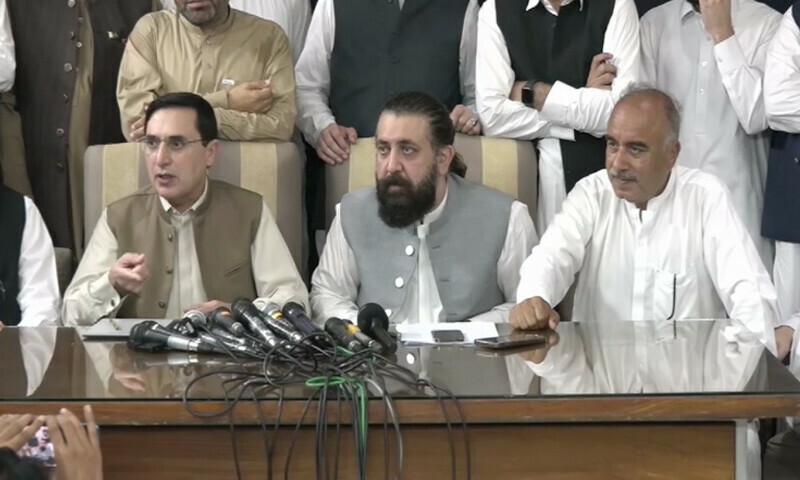POLITICS & POLICY MAKING

Despite being declared dangerous over eight years ago, seven buildings in various parts of Sindh continue to house residents, exposing them to life-threatening risks. The Sindh Building Control Authority (SBCA) has issued repeated annual notices since 2012, urging immediate repairs or demolition, but no significant action has followed.
According to SBCA Deputy Director Chetan Mal, since 2012, the authority has officially declared the buildings unsafe for human habitation and has repeatedly notified concerned residents, as well as the district administration, HESCO, and SAI Gas Departments. However, no enforcement or evacuation has taken place.
“We’ve sent yearly notices for 7 buildings, including Osmania Hotel, a house in Gharibabad, a bungalow on Station Road, and buildings in the Nai neighborhood including a TB hospital. One building is marked for demolition; the rest need urgent repairs,” said Chetan Mal.
The deputy director added that the residents continue to ignore these warnings, choosing to remain inside these deteriorating structures. The district administration has also failed to enforce the evacuation, despite receiving multiple letters from the SBCA.
The buildings identified as dangerous include:
· Osmania Hotel
· A residential house in Gharibabad
· A bungalow on Station Road
· A TB hospital in Nai neighborhood
· Several residential buildings and houses in poor structural condition
Out of the seven buildings, six require immediate structural repairs, while one is slated for demolition. The risk of collapse or structural failure remains high, especially during monsoon season or seismic activity.
This revelation comes amid growing scrutiny following the tragic Lyari building collapse that killed 27 people. The failure of both the SBCA and district administration to act has drawn widespread criticism, with many calling it a disaster waiting to happen.
Urban safety experts warn that living in dilapidated structures not only endangers lives but also places a burden on emergency services and hospitals when such buildings eventually collapse.




